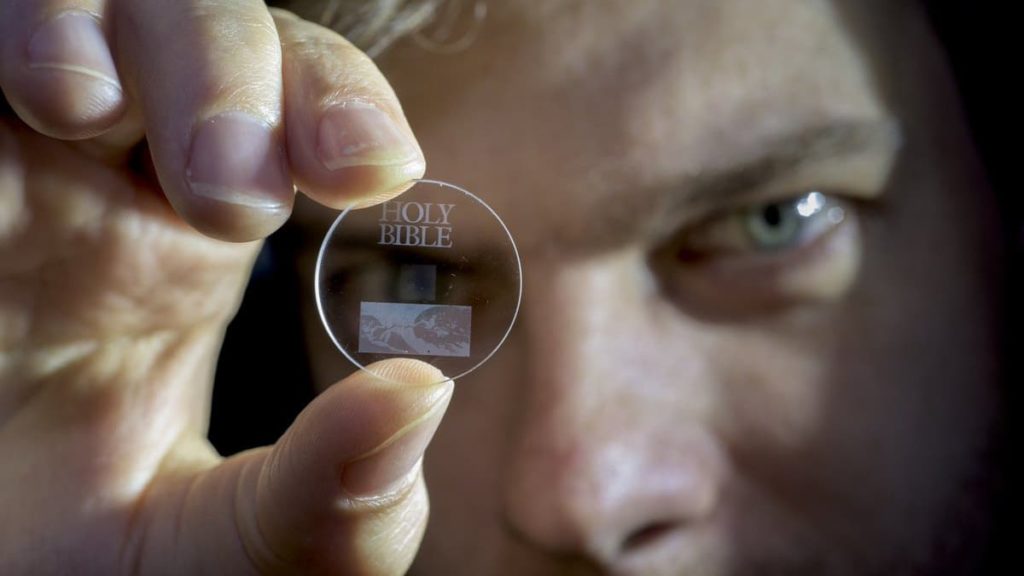- Joined
- May 6, 2019
- Messages
- 12,595
- Points
- 113
Image: ORC Southampton
Researchers with the University of Southampton in UK have developed a speedy, energy-efficient laser writing method that brings high-capacity, glass-based optical storage closer to reality. Described as “5D” optical data storage, the potential medium comprises CD-sized glass discs that are more than 10,000 times denser than Blu-ray discs. They can store as much as 500 terabytes of data.
Image: University of Southampton
From Optica, a scientific organization supporting optics research and education:
Although 5D optical data storage in transparent materials has been demonstrated before, writing...
Continue reading...

